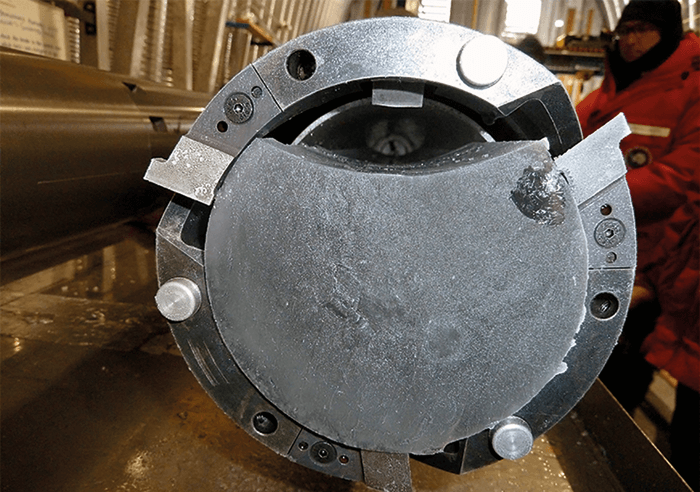Researchers at Scripps Institution of Oceanography have developed a new way to measure the average temperature of the world’s oceans over geological time. The scientists used a dual-inlet isotope ratio mass spectrometer to measure noble gases trapped in Antarctic ice caps, and showed that mean global ocean temperature increased by 2.57 ± 0.24 degrees Celsius over the last glacial transition (20,000 to 10,000 years ago). Seen here is an ice core from West Antarctica, drilled in 2012. Credit: Jay Johnson/IDDO. Reference: B Bereiter et al., “Mean global ocean temperatures during the last glacial transition”, Nature, 553, 39–44 (2018). Would you like your photo featured in Image of the Month? Send it to charlotte.barker@texerepublishing.com





